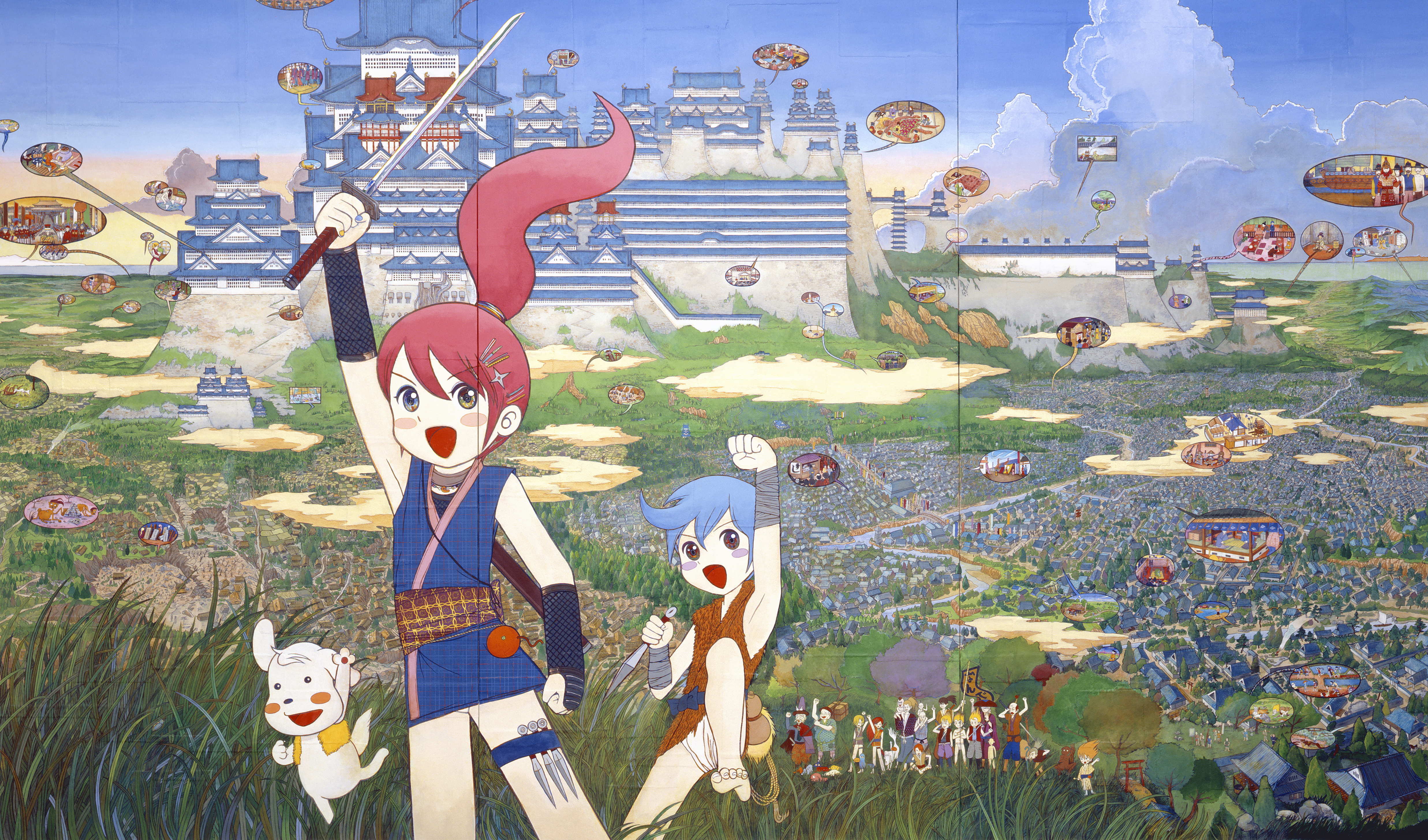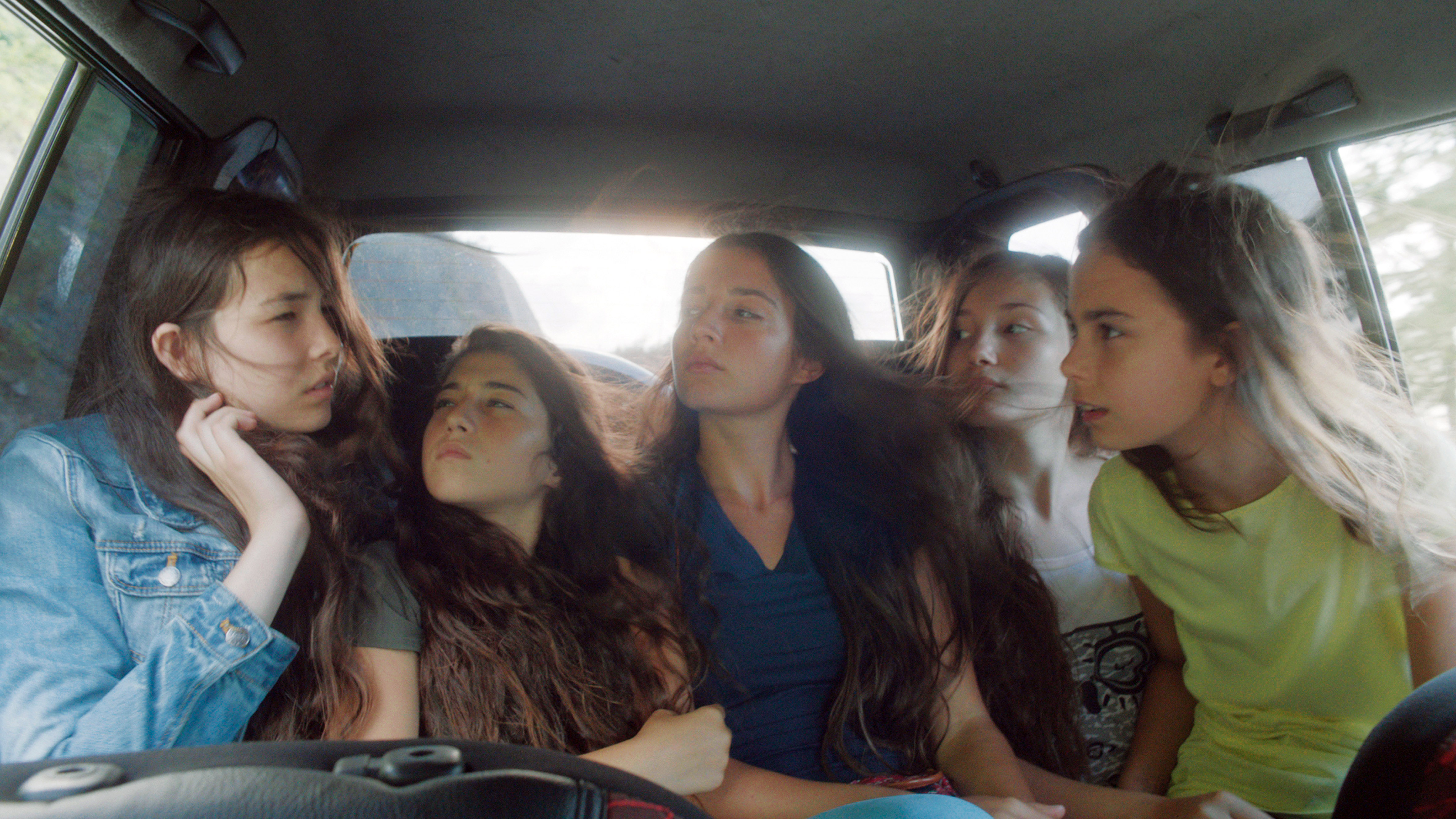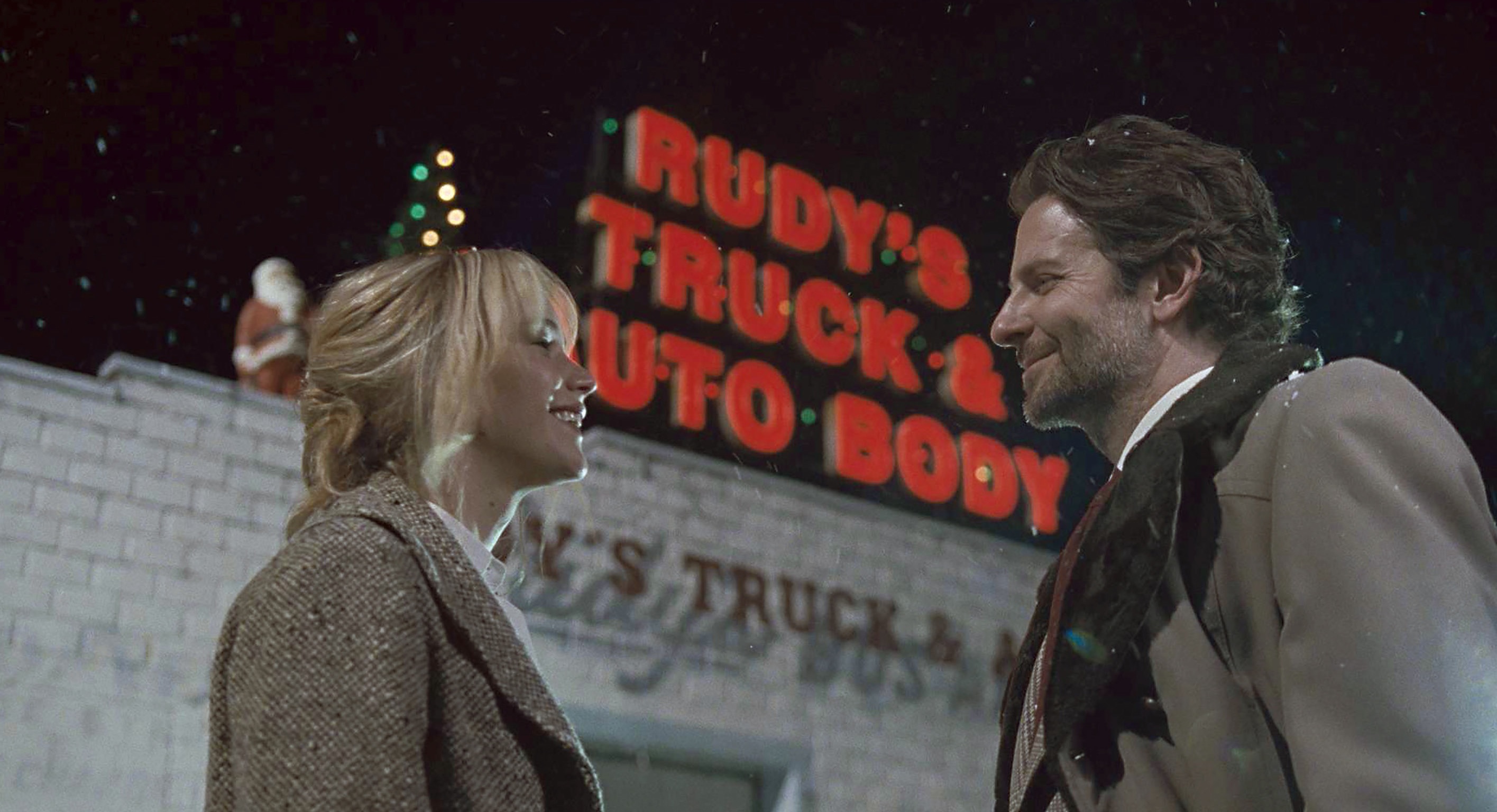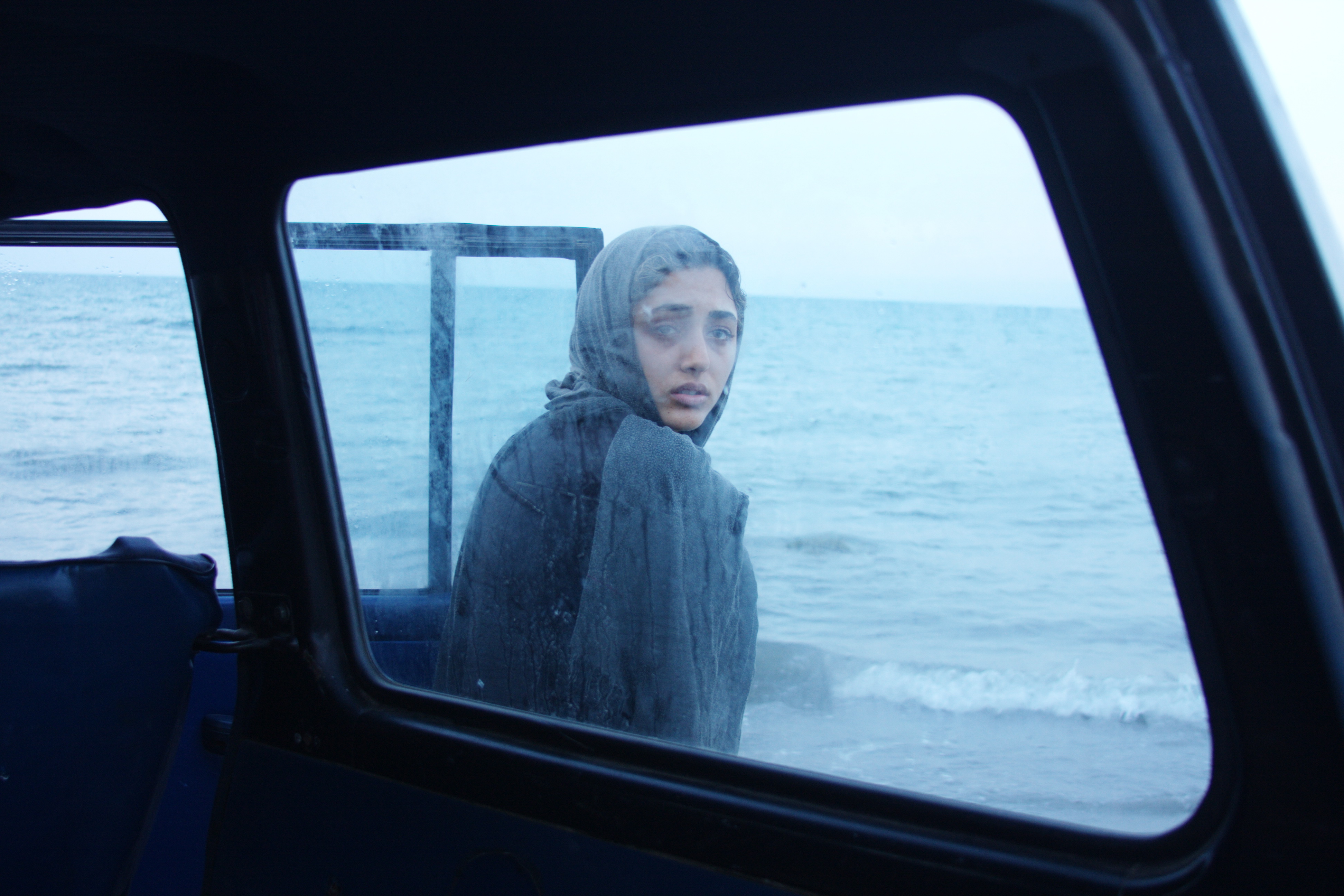My preferred circulation path in a museum is counterclockwise, like running on a track. However, that may not be the best way to approach Live On: Mr.’s Japanese Neo-Pop, whose centerpiece installation is the first thing to greet you on the right, at the show’s designated starting point from the lobby. On a recent visit that happily coincided with SAAM’s Free First Saturday, the museum was aswarm with families and kids, tourists (some Japanese), and those looking for a cost-free weekend outing. Yet no one seemed certain how to respond to the cluttered, gallery-filling assemblage Give Me Your Wings: Think Different, a 2012 meditation upon the earthquake, tsunami, and Fukushima nuclear disaster the year before.
Mr. is the nom de easel of Masakatsu Iwamoto, a 45-year-old artist here receiving his first U.S. solo museum show. He’s considered a protege of Takashi Murakami, who discovered him in the mid-’90s and helped introduce anime and kawaii imagery to the American art world. (Both he and Mr. were part of the Henry’s 2001 Superflat show.) Mr., only a few years younger than Murakami, came of age during Japan’s booming ’80s, then experienced its economic stagnation of the past two decades. During bygone years of abundance, those Hello Kitty tokens and cheerful cartoon characters meant something quite different than they do in the nostalgic now. Live On extends back some 15 years, during which time—besides the Fukushima disaster—Mr. has also explored the shut-in otaku subculture of solitary Japanese millennials who’ve never known prosperity, who can’t find jobs or marry, who live at home with their elderly parents and seek solace in manga, porn, chat rooms, Internet avatars, and computer games.
So despite the bright hues and smiling waifs (with their saucer-sized peepers so like those tacky Keane paintings in Tim Burton’s new movie Big Eyes), this is not a cheerful show. The colors and kitsch are deceptive, and Give Me Your Wings is downright depressing. “It looks like a yard sale,” I overheard one visitor saying. That’s putting it kindly. A narrow path allows you to circle an epic catalogue of junk—not actually collected from Fukushima—that resembles nothing so much as a Goodwill dumpster’s disgorged and unsorted contents. Arrayed in a central block, with the walls similarly adorned, are stacks of bound mangas, broken furniture and mattresses, old skis and snowboards, food containers and plastic bottles, broken computer keyboards (plus a few live monitors showing post-tsunami scenes), tangled nests of unspooled VHS tape, blue tarps, unloved golf clubs, wads of newspapers, etc., etc. You could simply call it garbage, perhaps amassed by a hoarder, though there’s a connection lurking deeper in Live On (which opened in late November).
The problem, however, is making that connection amid so much kawaii confectionery. In the next gallery (proceeding counterclockwise) are some large and rather generic paintings, all created pre-Fukushima. Largest and most interesting is Making Things Right, a densely imagined mashup of feudal life and modern anime. Within a teeming, well-ordered medieval village are little cartoon-bubble details of the citizenry (not historically accurate, obvs). Maybe the cute little warrior girls in the foreground are going to topple the feudal order, maybe not—it really doesn’t matter. A theme echoed in the God’s-eye perspective of The Endless Landscape of This Reality is the harmoniously ordered system of human settlement. The latter painting is a tidy, modern view, with a pixie perched on a ledge—her cat’s friendly gaze inviting us in—above the bustle.
But that can all change in an instant. Both medieval and modern Japan have been repeatedly devastated by earthquakes and tsunamis. The disjunction between Mr.’s budding fantasy scenes (or moe) and cruel nature is brought home in the 100-odd earthquake photos he’s placed in an array flanking Making Things Right. Civilization, meet catastrophe. Everything is made wrong. In sober photojournalistic fashion, Mr. documents the wreckage inland and along Japan’s east coast (Fukushima for short): boats in the road, houses reduced to rubble, streets erased, and the residents belongings’ strewn everywhere. It’s the latter that Mr. is representing, of course, in Give Me Your Wings: All our material possessions, valuable and not, spilled from our closets and drawers, suddenly transformed into worthless debris. (But for a few telling kanji characters, Mr.’s photos could equally well have been taken in New Orleans after Hurricane Katrina.)
This jarring contrast between escapist otaku fantasies and the world as it really is—harsh, violent, pitiless—is what sticks with you in Live On. And, necessarily, it’s the least visually appealing. Junk is junk, however it’s arranged. (Are otaku also hoarders? Mr. doesn’t make that connection, though a portrait of the artist in his studio suggests an affinity.) And while there’s a longing and nostalgia to his paintings and drawings, they’re simply too kawaii-cute-familiar to have any substance. Similarly, the half-hour movie Nobody Dies gently displaces war into a harmless paintball game played by giggling teenage girls; Mr. even appears as a bungling cop at the end. His shallow oeuvre mostly registers as creepy middle-aged juvenilia. If you’re going to borrow childish cartoon iconography, use it for a purpose, as Roger Shimomura does.
Yet clearly, whether it’s Fukushima or Japan’s ongoing economic malaise, the real world is weighing on Mr. to some extent. He simply lacks the sophistication or training to engage with it. Still, if you enter his show from SAAM’s central atrium and walk through it clockwise, it gains a bit more weight and structure. After all the sugar and schoolgirls, the cataclysm of Give Me Your Wings feels like a necessary rebuke to everything you’ve just seen.
bmiller@seattleweekly.com
SEATTLE ASIAN ART MUSEUM 1400 E. Prospect St. (Volunteer Park), 654-3100, seattleartmuseum.org. $5–$7. 10 a.m.–5 p.m. Tues.–Sun. Ends April 5.








